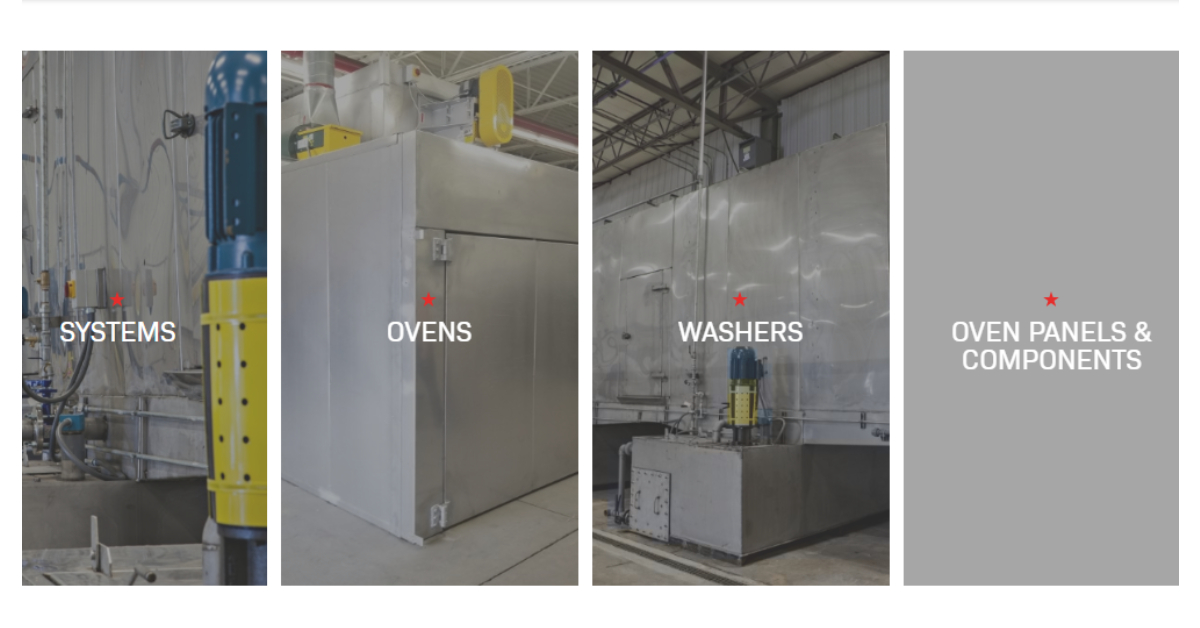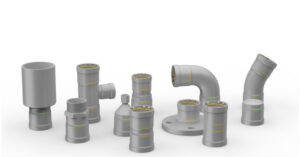
In the world of construction, resilience is not just a buzzword; it’s a fundamental requirement. As skyscrapers reach new heights and infrastructure projects expand to cover vast landscapes, the demand for materials and methods that can withstand the rigors of time and nature has never been more critical.
This blog post explores the essentials of heavy-duty resilience in construction, from cutting-edge materials to innovative building techniques that ensure longevity and durability.
The Foundation of Resilience
At the core of any resilient construction project lies a strong foundation. This not only refers to the physical base on which structures are built but also to the planning and preparation phases.
Comprehensive site analysis, including soil testing and environmental assessments, ensures that the foundation is suited to support the intended structure while mitigating potential risks like flooding or earthquakes.
Concrete Reinforcements
Concrete, the backbone of modern construction, has seen significant advancements to boost its resilience. High-performance concrete, reinforced with materials such as steel rods or fibers, provides enhanced strength and durability. Additionally, innovations like self-healing concrete, which contains bacteria that produce limestone to fill cracks, are paving the way for longer-lasting structures.
Steel Structures
Steel is another pillar of heavy-duty construction, prized for its strength-to-weight ratio and flexibility. Modern steel alloys and coatings have improved corrosion resistance, making them ideal for challenging environments. Furthermore, steel’s ability to bend without breaking allows buildings to sway safely during earthquakes, adding an extra layer of resilience.
Industrial Ovens in Construction
Industrial ovens play a crucial yet often overlooked role in enhancing the resilience of construction materials. These high-powered ovens are used for a variety of processes, such as the curing of concrete and the tempering of steel, which are foundational to the strength and durability of construction projects.
By ensuring materials are properly cured or tempered, industrial ovens help in optimizing the physical properties of these materials, making them more resistant to environmental stressors and wear over time.
This integration of industrial heating processes showcases the merging of traditional construction methods with modern technological advancements, further reinforcing the sector’s move towards durability and resilience.
Weathering the Storm: Climate-Adaptive Building Design
Climate change poses new challenges for construction, demanding designs that can adapt to extreme weather conditions and rising sea levels. Climate-adaptive building design incorporates features like elevated structures, flood barriers, and materials resistant to heat, moisture, and salt.
These measures not only protect against immediate threats but also ensure that buildings remain safe, functional, and comfortable over the long term.
Energy Efficiency and Sustainability
Resilience also encompasses energy efficiency and sustainability. Buildings designed with passive solar principles, efficient insulation, and renewable energy sources not only reduce operational costs but also contribute to the structure’s overall durability by minimizing wear and tear from temperature fluctuations.
Green roofs and walls further enhance resilience by providing natural insulation and stormwater management.
Technological Innovations Driving Construction Resilience
The integration of technology into construction processes has been a game-changer for building resilience. From advanced modeling software that simulates building performance under various conditions to drones and sensors that monitor construction progress and material integrity, technology enables more accurate planning and real-time adjustments.
Smart Materials and IoT
The Internet of Things (IoT) and smart materials are at the forefront of innovation in construction. Sensors embedded in structures collect data on stress, temperature, and moisture, allowing for predictive maintenance and immediate response to issues.
Shape memory alloys and materials that adjust their properties in response to external stimuli offer dynamic solutions for enhancing resilience.
Best Practices for Ensuring Heavy-Duty Resilience
Achieving heavy-duty resilience in construction is not solely dependent on materials and technology; it also requires adherence to best practices and standards throughout the project lifecycle.
Quality Assurance and Control
Strict quality assurance and control protocols ensure that materials and workmanship meet the highest standards of durability and safety. Regular inspections and testing at every stage of construction help identify and rectify potential weaknesses before they compromise resilience.
Continuous Learning and Adaptation
The field of construction is constantly evolving, with new challenges and solutions emerging regularly. Staying informed about the latest research, materials, and techniques is essential for building resilience. Furthermore, analyzing past failures and successes provides valuable insights that can inform future projects.
Conclusion
Building resilience into construction projects is a complex, multifaceted endeavor that extends beyond choosing the right materials. It involves a holistic approach that takes into account environmental challenges, advances in technology, and continuous improvement practices.
By prioritizing resilience from the planning phase through to completion, architects, engineers, and builders can ensure that their structures stand strong against the forces of nature and the passage of time.
In doing so, they not only safeguard lives and investments but also contribute to the creation of a more sustainable and durable built environment. Heavy-duty resilience in construction is not just an essential—it’s the foundation upon which the future of the industry is built.


